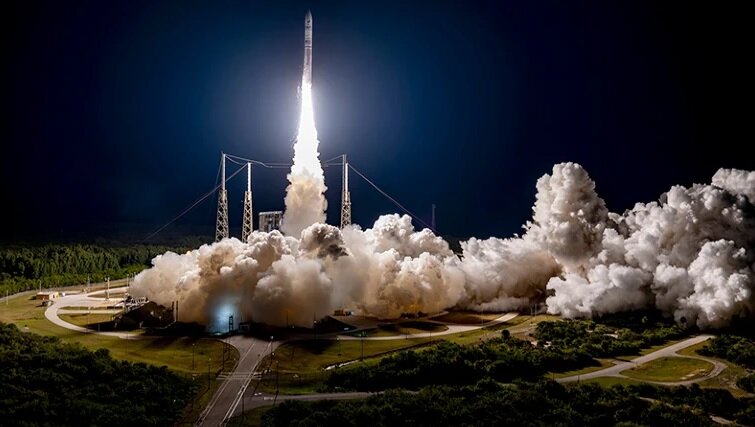
ULA’s first next-generation Vulcan rocket lifted off at 2:18 a.m. Eastern Time Monday from Launch Complex 41 at Cape Canaveral Space Force Station in Florida, Xinhua reported.
The launch vehicle soared through space for nearly an hour, expending its fuel as it ripped away from Earth’s gravity and sent the lunar lander, called Peregrine, on its way to the moon.
Peregrine has about a 46-day journey to reach the lunar surface. It is scheduled to land on the moon on Feb. 23, and will spend approximately 10 days gathering valuable scientific data studying the moon, according to NASA.
Once on the moon, NASA instruments will study the lunar exosphere, thermal properties of the lunar regolith, hydrogen abundances in the soil at the landing site, and conduct radiation environment monitoring.
The five NASA science and research payloads aboard the lander will help the agency better understand planetary processes and evolution, search for evidence of water and other resources, and support long-term, sustainable human exploration, said NASA.
“The first CLPS (Commercial Lunar Payload Services) launch has sent payloads on their way to the moon — a giant leap for humanity as we prepare to return to the lunar surface for the first time in over half a century,” said NASA Administrator Bill Nelson.
AMK/PR




